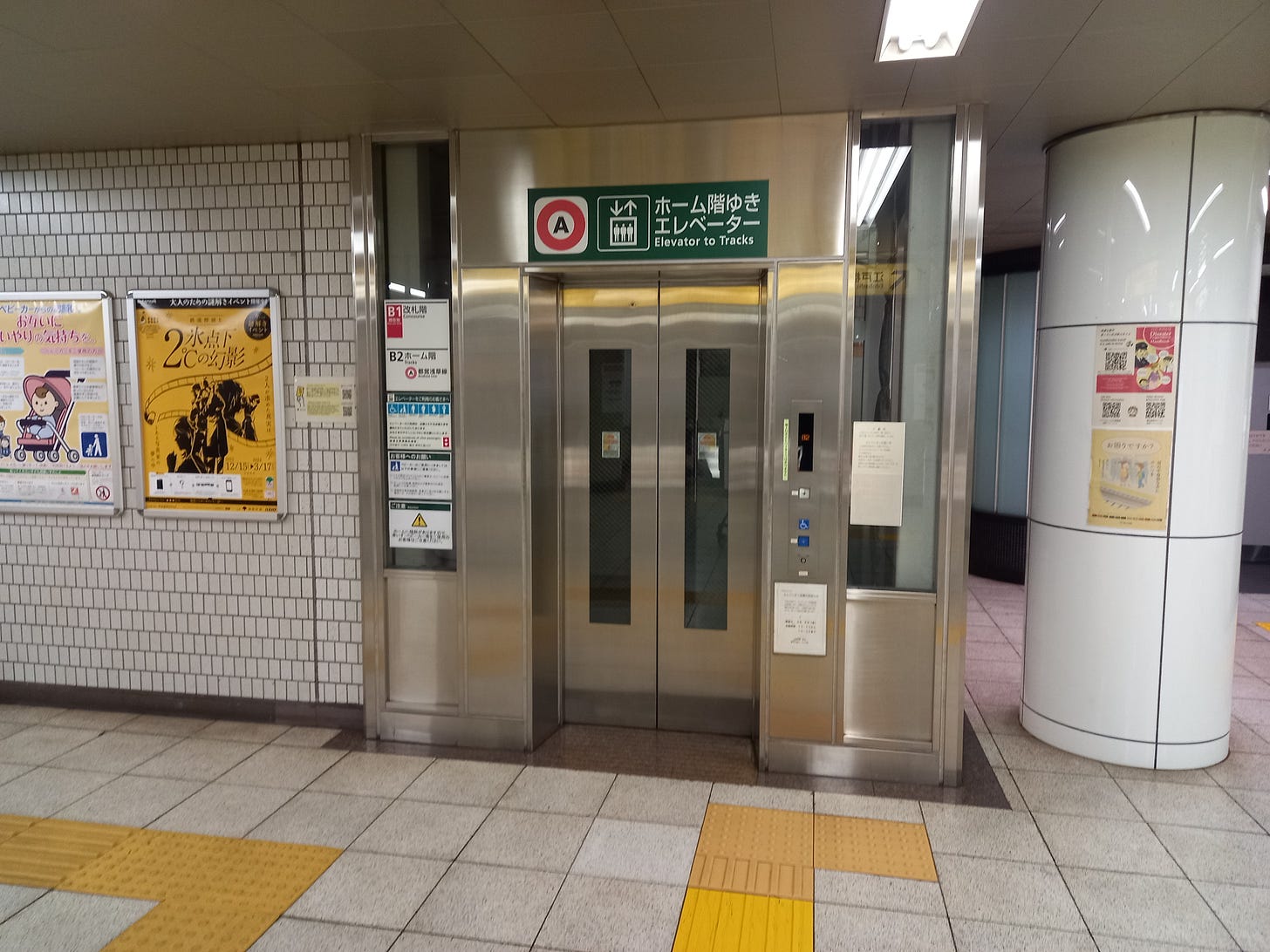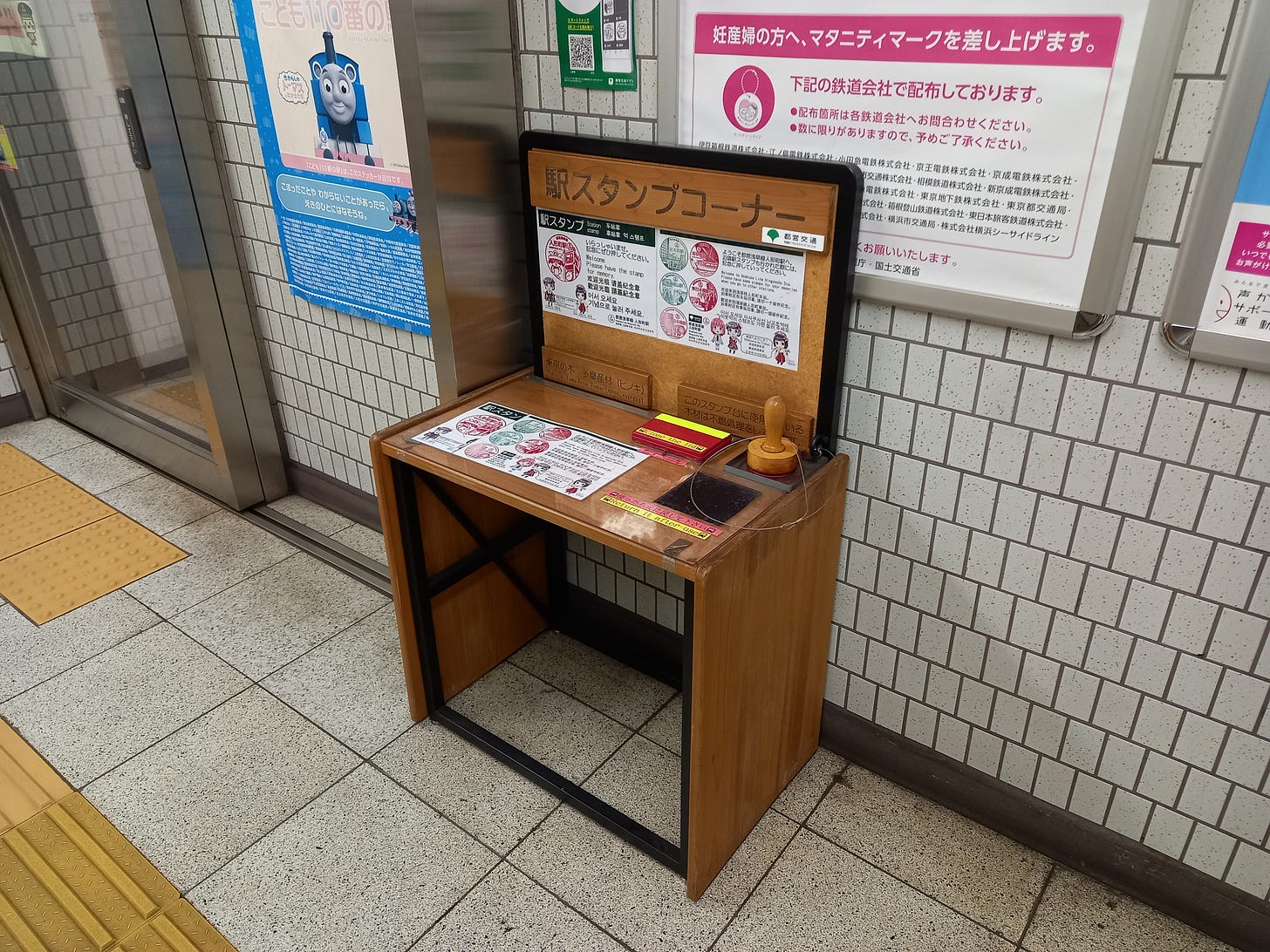
My family and I have just returned from a two-week trip to Japan.
We covered a lot of ground, visiting Tokyo, Kanazawa, Kyoto and Osaka before returning to Tokyo for our flight to London.
We got around Japan using their shinkansen bullet train network and around Tokyo and Kyoto using their metro systems.
There are some lessons to learn from the Japanese about how to run public transport that are applicable to us in Britain.
Bullet trains

Before our trip I was excited to experience the Japanese shinkansen, or bullet trains, first hand. They are renowned worldwide for their speed, punctuality and excellent safety record.
Many foreign tourists who travel to Japan purchase the Japan Rail Pass, which provides unlimited rail travel for a set time period. However, last year’s price hike made it cheaper for us to buy the tickets for the stages of our trip individually.
The trains were as reliable, clean and fast as advertised, but what really impressed me was the sense that the system was working with us rather than against us.
On two occasions we had to get a later train than the one we had booked. The tickets we had bought were valid for the entire day of travel (and adjoining days in some cases), so all we had to do was sacrifice our seat reservations and take unreserved seats with no extra charge on a later train.
In Britain you can often get charged a £10 fee plus any difference in price for the new ticket if you want to change a reservation. Prices can vary hugely for the same journey at different times of the day. This can leave passengers feeling ripped off if their plans change at short notice.
The metro systems
I’m using “metro” as shorthand for the array of trains, monorails and light rail that the Japanese use to get around their cities.
Some friends told us beforehand to get hold of an IC Card, which functions like an Oyster card, for easy touch in and out on the metro. Each stop in Tokyo had a “fare adjustment” machine by the exit barriers where you could top up your IC card if you didn’t have sufficient funds for the trip you had just made.
Again - the system isn’t trying to catch you out; it works with you to get you around the city quickly and fairly.
The signs are bilingual in Japanese and English.
The stations are numbered. This is very helpful because the Japanese language uses the same 0-9 numbering as other languages do, meaning that non-Japanese speakers can just count the number of stops rather than having to remember names or peer at Japanese characters.
Accessibility
Until our daughter was born last year, I was fortunate enough never to have had to worry about access on public transport. That changes when you have a baby, especially in London where only one in three stations on the Tube are step-free.
The London Underground suffers from first-mover disadvantage when it comes to accessibility. Large parts of the infrastructure are Victorian, an era when accessibility in the modern sense of the term was not a priority. The design of certain stations means it’s not always possible to retrofit lifts to the network without huge time and expense.
In the more modern Tokyo system, accessible stations are the norm rather than an exception. This made a huge difference to us with our baby and our luggage.
Behaviour on board
Passengers on all the trains we travelled on were quiet and respectful. We didn’t see any anti-social behaviour at all. We didn’t have to listen to anyone else’s musical choices; just the jingles on the different lines.
In England it’s a different story. Wave 8 of the National Travel Attitudes Study found that 12 per cent of the people surveyed deliberately avoided taking the Tube or Metro in their area.
Of these people 41 per cent cited the behaviour of other passengers making them feel unsafe as a reason why they preferred not to travel on it.
When asked specifically what makes people feel unsafe on public transport in general, 70 per cent said drunk and disorderly people and 47 per cent said noisy passengers.
Lastly…stamps
Japanese stations and tourist attractions have these desks where you can get a free souvenir stamp. My wife bought a notebook while we were there and began collecting.
Pokemon, after all, is Japanese. They applied the “gotta catch ‘em all” mindset to their tourist attractions and stations, which are a simple, cheap way to liven up mundane journeys for tourists.
To recap
Here are the lessons I identified from Japanese rail:
The Japanese system isn’t trying to catch you out if things don’t go to plan.
Accessible stations make travel much less burdensome for families with children and tourists with luggage.
Behaviour on public transport matters. Anti-social behaviour puts a minority off using it altogether and makes life unpleasant for the rest.
Turning travelling into a game with stamps and collectors’ items makes a trip that bit more lively and enjoyable.
Implementing these lessons in Britain would make a huge difference to our public transport system, both for British people and for tourists.







All fair points. Japan does have the advantage of a higher urban population density, and steep mountain ranges mean everyone is crowded into valleys, the ideal topography for railways. One slight advantage the railway system does have in the UK is interconnection at hubs. For example if I want to go somewhere in my native city of Kobe, I often have to change from one rail line to another (there are three rail lines essentially running in parallel through Kobe), necessitating a rushed walk through crowds to the next station. In the UK you could travel from Penzance to Aberdeen without having to change stations as in Japan.